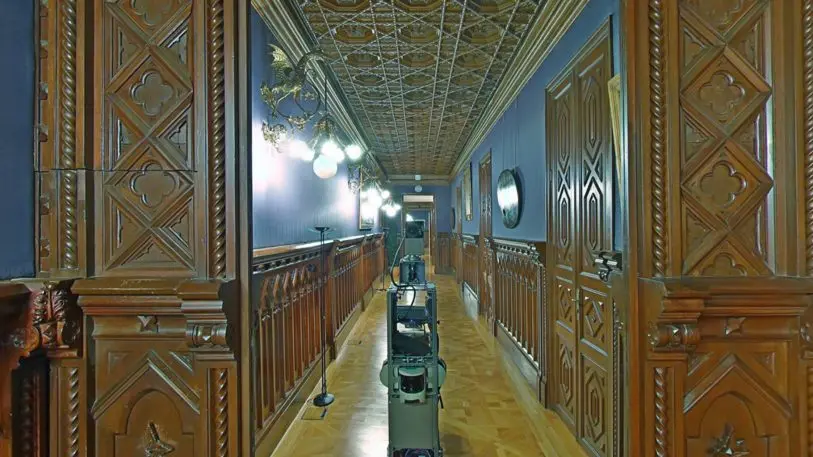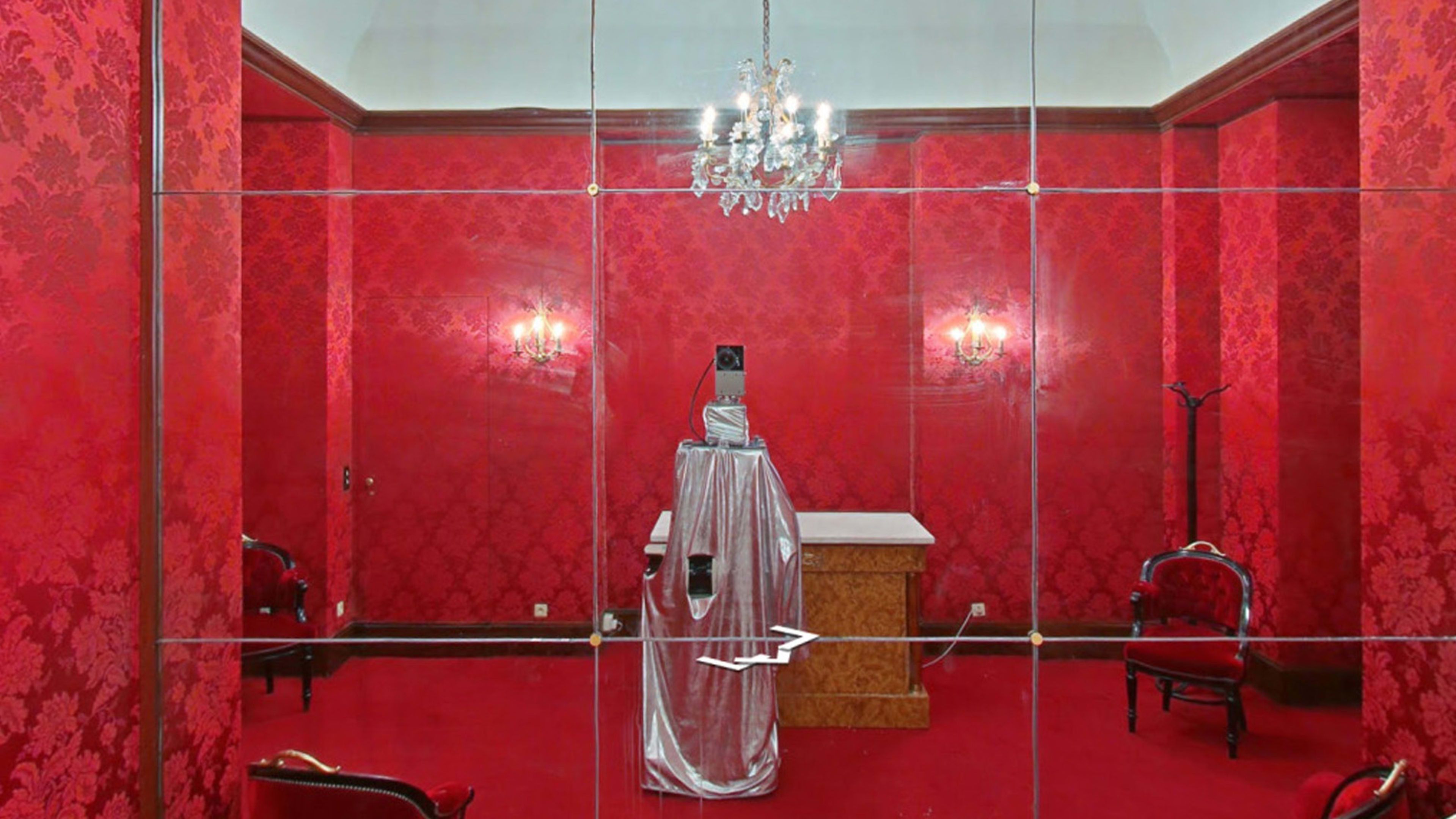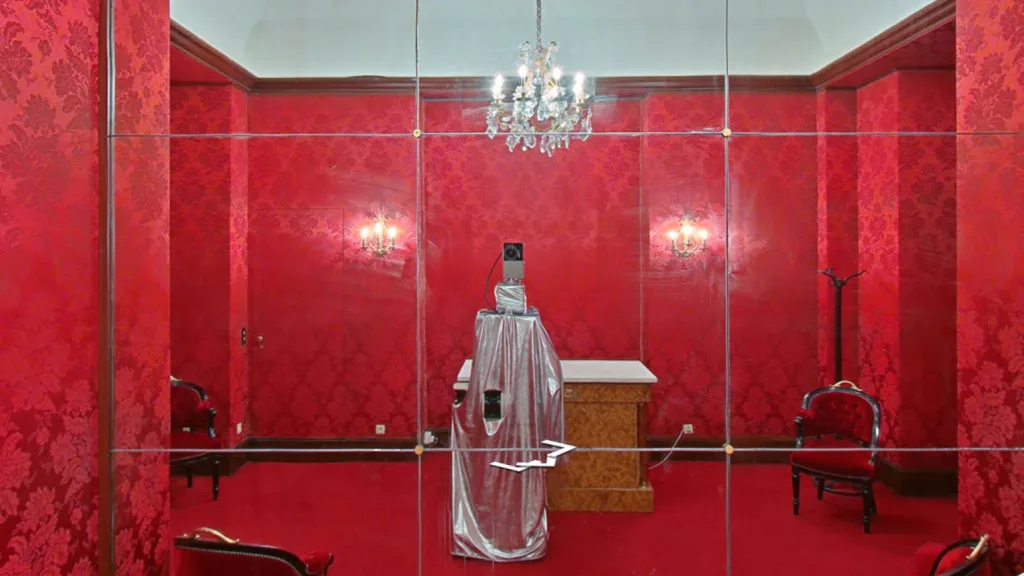For the last six years, Mario Santamaria has practiced a strange pastime. Whenever Google digitizes a new museum–from the British Museum of London to the Peoria Historical Society of Peoria, Illinois–he clicks through the digital museum at maximum speed, zooming past the priceless works of art. He’s on the hunt for one thing, and one thing only.
“I’m looking for a mirror where I can reflect myself,” he says. More specifically, he’s looking for a mirror where he can reflect Google’s Streetview robot, which took all of the photographs.

It’s easy to anthropomorphize the camera, but Santamaria finds deeper meaning in the robot’s self-portraiture: “What is the position of the human observer in a world increasingly crossed by machinic processes?” he asks. “What sense does cultural heritage have for the gaze of the machine? Who are we really creating these digital platforms for? Who are the inhabitants of this new infosphere? Are the images looking at us?” Indeed, in a world digitized by machines, and increasingly populated by machines, is any of the resulting data–from Google, or Apple, or Amazon–really for us at the end of the day? Or are we just a blip on a trajectory toward optimal automated efficiency, where everything can be boiled down to networks exchanging data?
Of course Santamaria has no answers for these questions (neither do I), which is why he continues with the work. Such existential questions certainly frame Google’s robot selfies in a different light, and that’s why they’re so interesting: They were never for us to see in the first place.
Recognize your brand’s excellence by applying to this year’s Brands That Matter Awards before the early-rate deadline, May 3.









